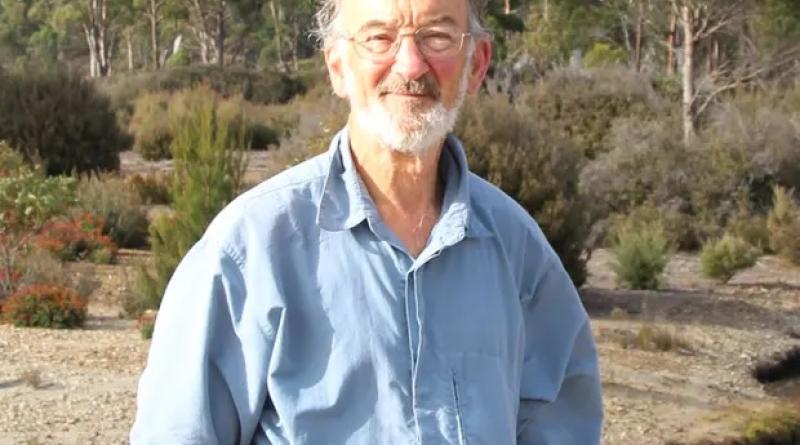Energy transition titan Hugh Saddler’s quest to cut emissions leaves lasting legacy

Big changes in society can only occur when people have enough vision, energy and determination to meet the challenge. Hugh Saddler, who died aged 79 on 29 June after a long illness, had a profound influence on generations of Australian energy researchers, industry experts and policymakers.
He did not seek the limelight, but remained dedicated to conducting, explaining and sharing the best possible analysis of how the energy system works, and how it might be improved. His pursuit of new insights was matched by his generosity in sharing them. His work helped lay foundations for Australia’s transition to a low-emissions energy system, one of the defining challenges of this decade and beyond.
Saddler grew up watching his father, Bruce, an engineer, help design and build the South Australian electricity grid. He went on to graduate from the University of Adelaide and gain a prize-winning PhD in plant physiology at Cambridge University.
With a rising interest in politics, society and the environment, he worked in London on transport and industrial development policy before returning to Australia in 1974 to work as a research fellow at the University of Sydney, and then on to the Ranger uranium environmental inquiry. He later moved to the Australian National University, where he eventually became an adjunct professor at the ANU Crawford school of public policy.
Saddler’s work on climate change policy began in 1988, when he led a business that provided energy efficiency advisory services to residential and business clients in Canberra. This work included specialist services for low-income households in financial hardship.
In 2006, Saddler developed a methodology for tracking Australia’s energy emissions with a lag of only a few weeks. This work evolved into a regular update on energy emissions, published first by pitt&sherry, then the Australia Institute, and most recently by ANU as the Australian Energy Emissions Monitor. Saddler’s research contributed to the Australian Energy Market Operator’s integrated system plan – a global benchmark planning tool for energy systems attempting the transition to 100% renewables.
One of Saddler’s legacies is the “reverse auction” system that has been used to drive the uptake of renewable energy. He helped design the ACT scheme that fulfilled its world-leading 100% renewable electricity goal by 2019. It came in ahead of schedule and at low cost. Saddler deserves credit for ACT electricity prices falling in real terms this year while retail bills in states that still rely on coal and gas for electricity rose by between 20% and 27%.
A prolific writer, Saddler was the author of the book Energy in Australia: Politics and Economics and countless chapters, scientific papers, monographs and articles on energy, technology and environmental policy. He was a frequent commentator on electricity market and climate policy affairs in the national media and online publications. He owned and managed a series of energy and policy consulting firms from the early 1980s until this year.
In addition to his own work, Saddler played a central role in the creation and governance of many of Australia’s leading climate policy organisations. In 1994, he became a founding board member of the Australia Institute and was a founding director of the Climate Institute from 2005 until its closure in 2017. He later played a critical role in helping the legacy of the Climate Institute continue at the Australia Institute’s climate and energy program. He was part of the Grattan Institute’s energy reference group from 2011.
Saddler loved the outdoors and was a keen bushwalker and competitive rogainer. He was heavily involved in the campaign to save Tasmania’s Lake Pedder, ran for the Senate for the Labor party in 1984, loved poetry and classical music and was a keen jam maker and amateur botanist.
Saddler will be remembered for his public-spirited research, his successful outreach and his influential advice to governments. He was a dear friend and colleague to many, and a mentor and teacher of countless young minds.
Saddler was married to Marilyn Chalkley for almost 50 years. They have two sons, Owen and Harry.
cover photo:Hugh Saddler, who died on 29 June following a long illness, played a central role in encouraging Australia’s policy on renewable energy. Photograph: Supplied by Marilyn Chalkley





